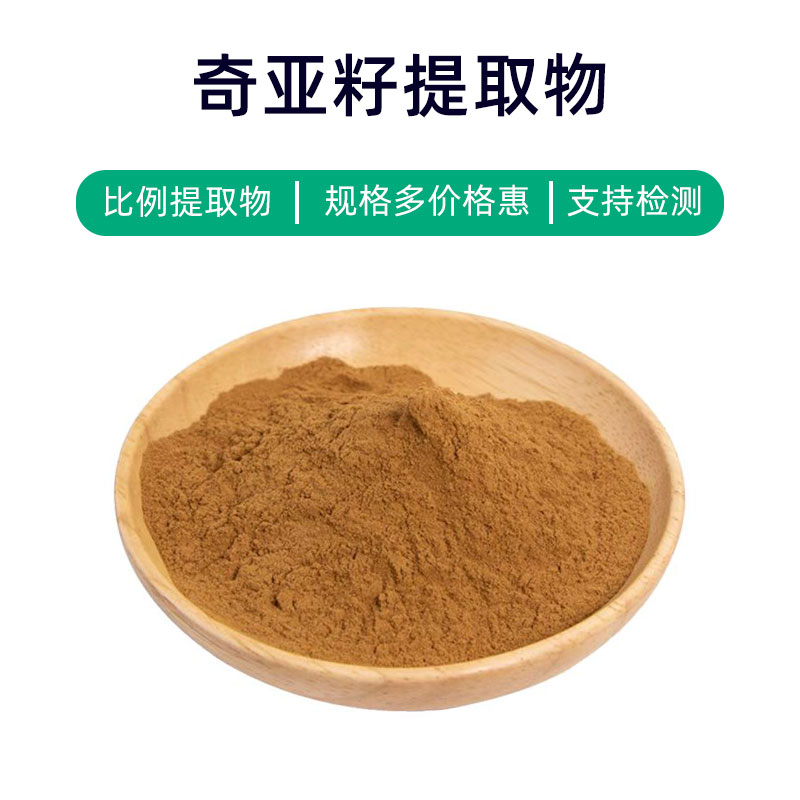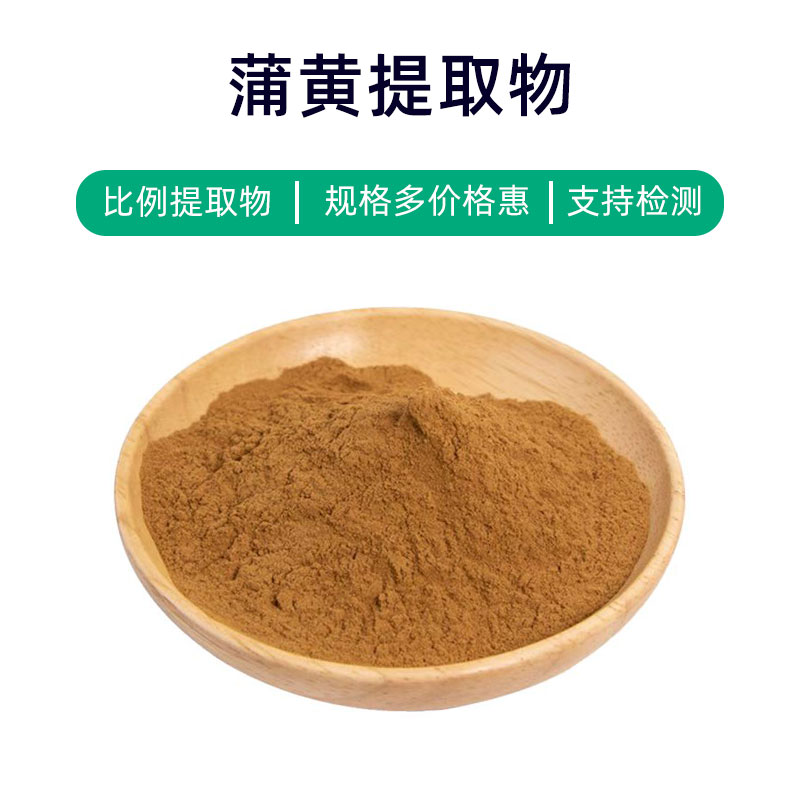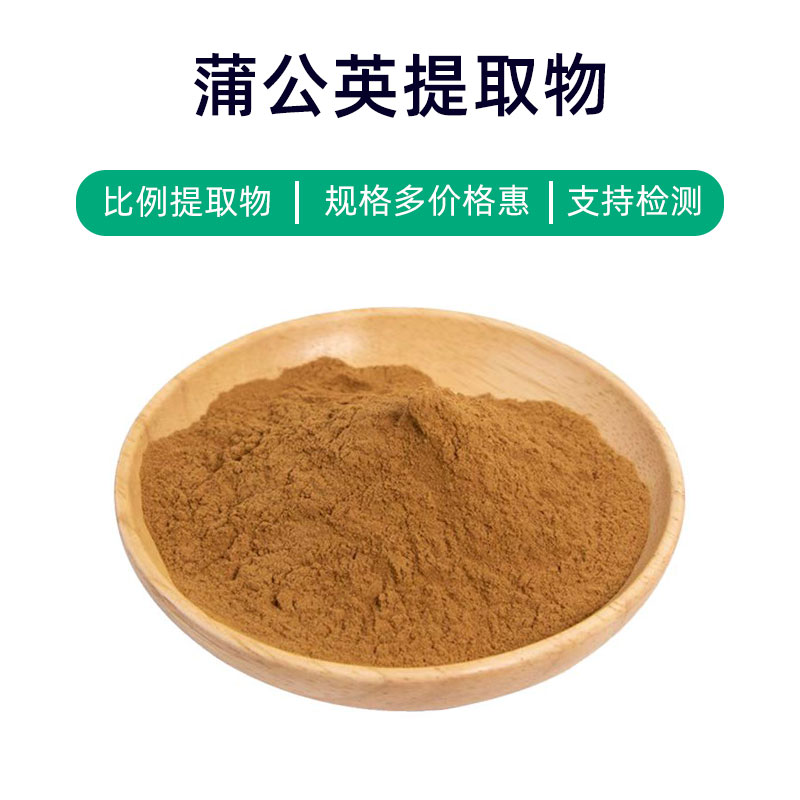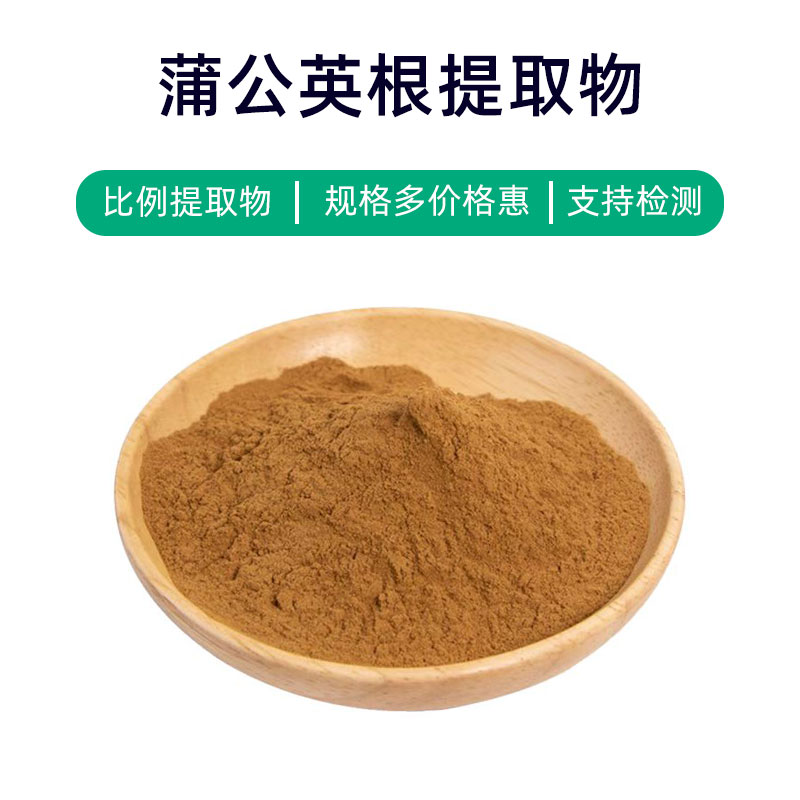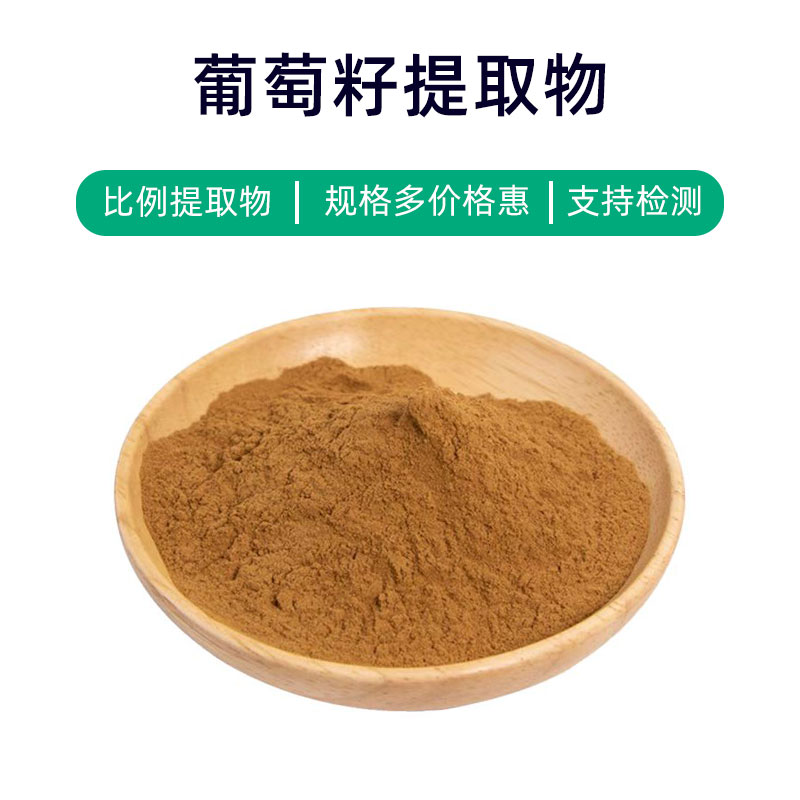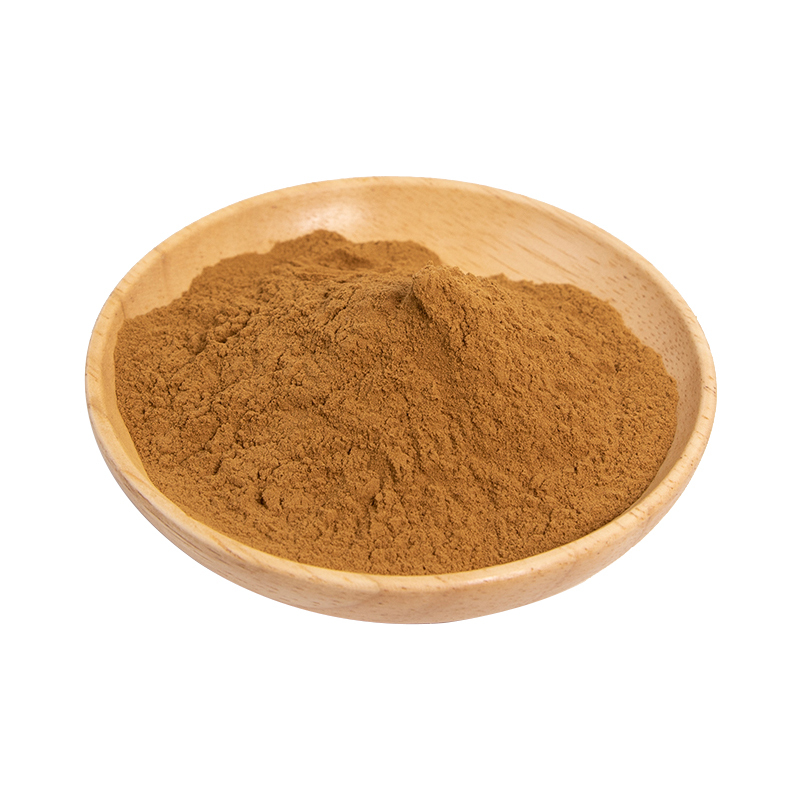Gourd Seed Extract Product Overview
Gourd seed extract is a natural plant extract derived from the seeds of the gourd plant, with primary components including flavonoids, plant proteins, and vitamins. This extract has various benefits and applications.
Firstly, gourd seed extract is rich in flavonoids, which possess antioxidant properties that help eliminate free radicals in the body, slow down cellular aging, and protect cell health.
Secondly, it has a high content of plant proteins that nourish the skin, enhance elasticity, and make it smoother and finer.
Additionally, gourd seed extract is rich in vitamins that aid in skin hydration and repair, alleviating dryness and roughness, helping maintain a radiant and moisturized complexion.
In terms of applications, gourd seed extract is frequently used in cosmetics and skincare products such as creams, lotions, and masks, to improve skin texture, enhance moisture retention, and boost skin resistance, achieving cosmetic and skincare benefits. It can also serve as a food additive for formulating nutritional supplements, offering benefits like body nourishment and immune enhancement.
Gourd Seed Extract Production Process
The production process for gourd seed extract typically includes the following main steps:
- Raw Material Preparation: Select fresh, high-quality gourd seeds as raw materials. The seeds should undergo cleaning and peeling to remove impurities.
- Extraction Process: After grinding, the gourd seeds undergo extraction. Typically, solvent extraction or supercritical fluid extraction methods are used to extract active components. Common solvents for solvent extraction include ethanol and acetone, and the extraction is achieved through soaking, steeping, or heating.
- Concentration and Separation: The extract is concentrated to remove the solvent, yielding a concentrated extract. Residues and impurities are eliminated using separation technologies such as filtration or centrifugation to obtain pure gourd seed extract.
- Refinement and Stabilization: To enhance product purity and stability, refinement processes like purification and crystallization further remove impurities. Appropriate antioxidants and preservatives are added to ensure product quality and shelf life.
- Quality Testing: The extract undergoes quality testing, including component analysis, microbiological tests, and heavy metal testing, to ensure compliance with relevant standards and regulations.
- Packaging and Storage: Finally, the extract is packaged in common forms like liquids, powders, or solids. After labeling and sealing, it should be stored in a cool, dry environment, avoiding direct sunlight and high temperatures, to maintain quality and stability.
This outlines the general production process for gourd seed extract; each manufacturer may adjust and optimize based on practical conditions and technical requirements.
Effects and Side Effects of Gourd Seed Extract
Gourd seed extract is a commonly used herbal plant extract with multiple benefits and effects, primarily reflected in the following areas:
- Anti-Inflammatory Effects: Gourd seed extract contains various bioactive components like flavonoids and saponins, exhibiting significant anti-inflammatory properties. It can inhibit the release of inflammatory mediators, alleviate tissue inflammatory responses, and help relieve symptoms of inflammation-related diseases such as rheumatoid arthritis and dermatitis.
- Antioxidant Effects: The polyphenols in gourd seed extract have strong antioxidant properties, capable of scavenging free radicals and reducing oxidative stress, which helps maintain cell health, delay aging, and prevent the onset of related chronic diseases.
- Antibacterial Effects: Gourd seed extract has certain inhibitory effects on various bacteria, fungi, and viruses, which may help prevent and treat infectious diseases like skin infections and respiratory infections.
- Diuretic Effects: With a richness in bioactive compounds, gourd seed extract can promote increased urine output, aiding in the elimination of excess water and metabolic waste, thus benefiting conditions like edema and nephritis.
- Immune Function Regulation: The active components in gourd seed extract can help regulate immune functions, enhance immunity, and accelerate recovery from infections.
- Anti-Tumor Effects: Some studies suggest that certain components in gourd seed extract exhibit anti-tumor activity, potentially inhibiting the growth and spread of tumor cells and promoting their apoptosis, indicating a promising avenue for cancer treatment.
Despite the numerous benefits of gourd seed extract, individual differences and potential adverse reactions must be considered during use. Long-term or excessive use may lead to digestive discomfort or skin allergies. Therefore, it is recommended to use it under medical guidance and ensure quality and dosage control.
Applications and Dosages of Gourd Seed Extract
Gourd seed extract is widely applied in medicine, food, and cosmetics. Below are detailed descriptions of its applications and recommended dosages in different fields:
- Applications in Medicine:
- Rheumatoid Arthritis Treatment: Gourd seed extract, with its anti-inflammatory and analgesic effects, is used in traditional medicine for treating rheumatoid arthritis. Common dosage forms include oral solutions and capsules, typically taken 1-2 times a day, with the dosage adjusted according to medical advice.
- Skin Inflammation Treatment: Gourd seed extract can be formulated into ointments or sprays for treating skin inflammation and eczema. It is generally applied to the affected areas 2-3 times daily, with dosage adjusted based on condition.
- Applications in Food:
- Health Supplements: Gourd seed extract is often found in health foods for its detoxifying and immune-boosting properties. Common forms include oral solutions and capsules, taken as directed, usually 1-2 times daily, with 1-2 capsules or 10-20 milliliters per dose.
- Functional Food Additives: Gourd seed extract can enhance the nutritional value and health benefits of foods. The usage rate is usually determined based on product formulations.
- Applications in Cosmetics:
- Skincare Products: Due to its antioxidant, anti-inflammatory, and moisturizing properties, gourd seed extract is commonly incorporated into skincare products like creams and serums, aiding in improving skin condition, reducing inflammation, and combating aging. It should be used as directed on product labels.
- Hair Products: Gourd seed extract is also used in shampoos and conditioners, promoting scalp cleanliness and nourishing hair. The dosage usually follows the product label's instructions.
Overall, using gourd seed extract in various fields should be based on specific circumstances, adhering to the usage guidelines provided on product labels. For special cases or needs, it is advisable to seek guidance from healthcare professionals or specialists.
Introduction to the Source Plant of Gourd Seed Extract: Distribution and Growing Environment
Gourd (Scientific Name: Trichosanthes kirilowii Maxim.) is a plant belonging to the gourd family, categorized as an annual or perennial herb. Below is a detailed introduction to the source plant of gourd, its distribution, and growing environment:
- Source Plant Introduction:
- Scientific Name: Trichosanthes kirilowii Maxim.
- Common Names: Also referred to as konjac, gourd seed stem, old gourd, stone gourd, etc.
- Morphological Characteristics: Gourd is a climbing herbaceous plant, typically growing 1-3 meters tall. The leaves are deeply lobed and palmate, with small, unisexual flowers and fruits that are long oval or elliptical with a finely wrinkled surface.
- Distribution:
- Geographical Distribution: Gourd is primarily found in North China, East China, South China, and Southwest China, as well as East Asian regions like Korea and Japan.
- Growing Environment: Gourd thrives at elevations of 200-2000 meters, showing strong adaptability. It prefers humid climates and ample sunlight, exhibiting tolerance to both cold and drought conditions.
- Growing Environment:
- Soil Requirements: Gourd is not strict with soil requirements but thrives in loose, fertile, and well-drained soils, intolerant of waterlogging.
- Light Conditions: It prefers full sunlight during its growing period, which is beneficial for plant growth and fruit development.
- Temperature Requirements: The optimal growth temperature is between 15-30 degrees Celsius, with some tolerance to both low and high temperatures, though it is not cold-hardy.
- Humidity Requirements: Gourd prefers a humid climate but requires good drainage and is intolerant of water saturation.
As a common wild plant, gourd grows widely and exhibits strong adaptability. Its fruits and seeds possess certain medicinal and dietary values, making them widely used in traditional Chinese medicine and food processing.
Processing and Storage of Gourd Seed Extract
The processing of gourd seed extract includes the following steps: First, mature gourd fruits are harvested, and the peel and pulp are removed to extract the seeds. The gourd seeds are then ground or crushed, followed by extraction using suitable methods such as water or alcohol extraction. Finally, through concentration, filtration, and drying processes, gourd seed extract is obtained.
For storage, gourd seed extract should be kept in a cool, dry, and well-ventilated area, avoiding direct sunlight and high temperatures. It is also essential to minimize exposure to oxygen, moisture, and foreign odors to prevent oxidation, deterioration, and contamination. Using sealed containers or aluminum foil bags is recommended to prolong shelf life. Under appropriate storage conditions, gourd seed extract can typically maintain good quality and stability, preserving its medicinal and dietary value.
Monica Sun is a seasoned expert in the plant extraction industry with over a decade of experience in research and production. She specializes in the extraction and purification of plant active ingredients, focusing on driving innovation in natural product applications. Monica has participated in the development of multiple functional plant extracts, delivering high-value natural raw material solutions for the health food, pharmaceutical, and dietary supplement sectors.









